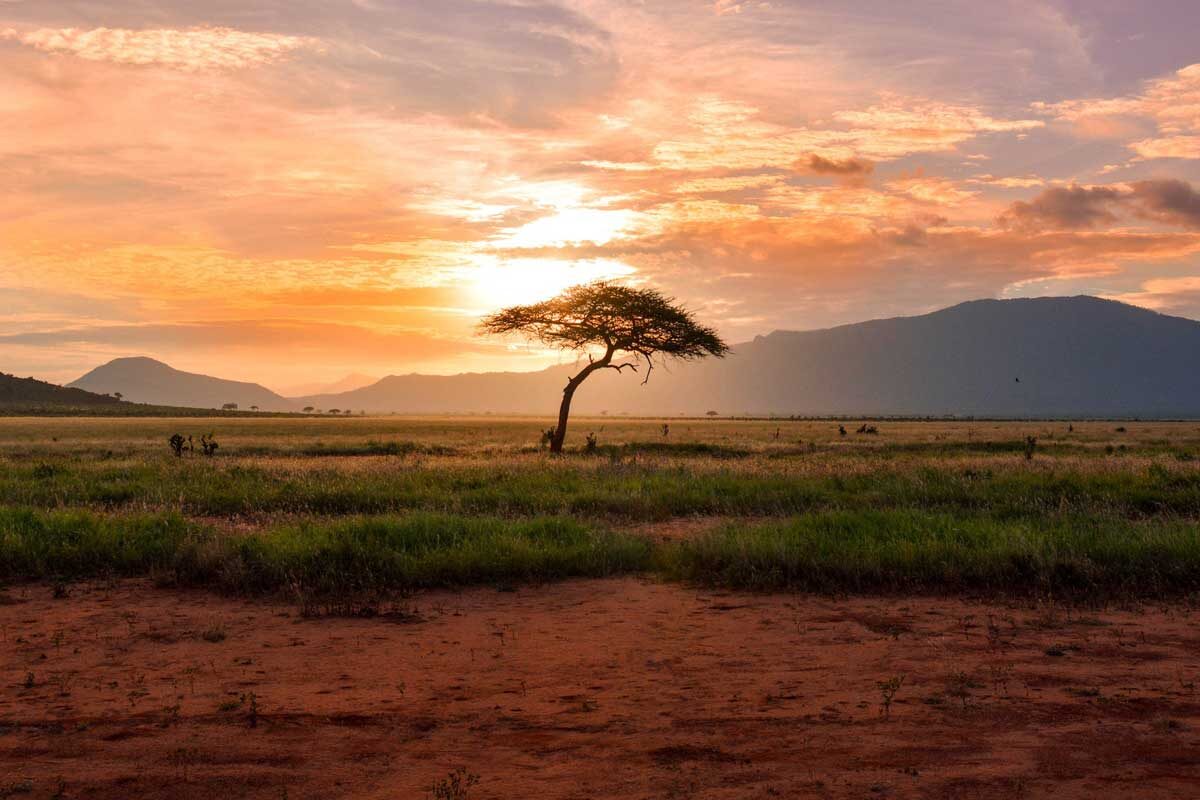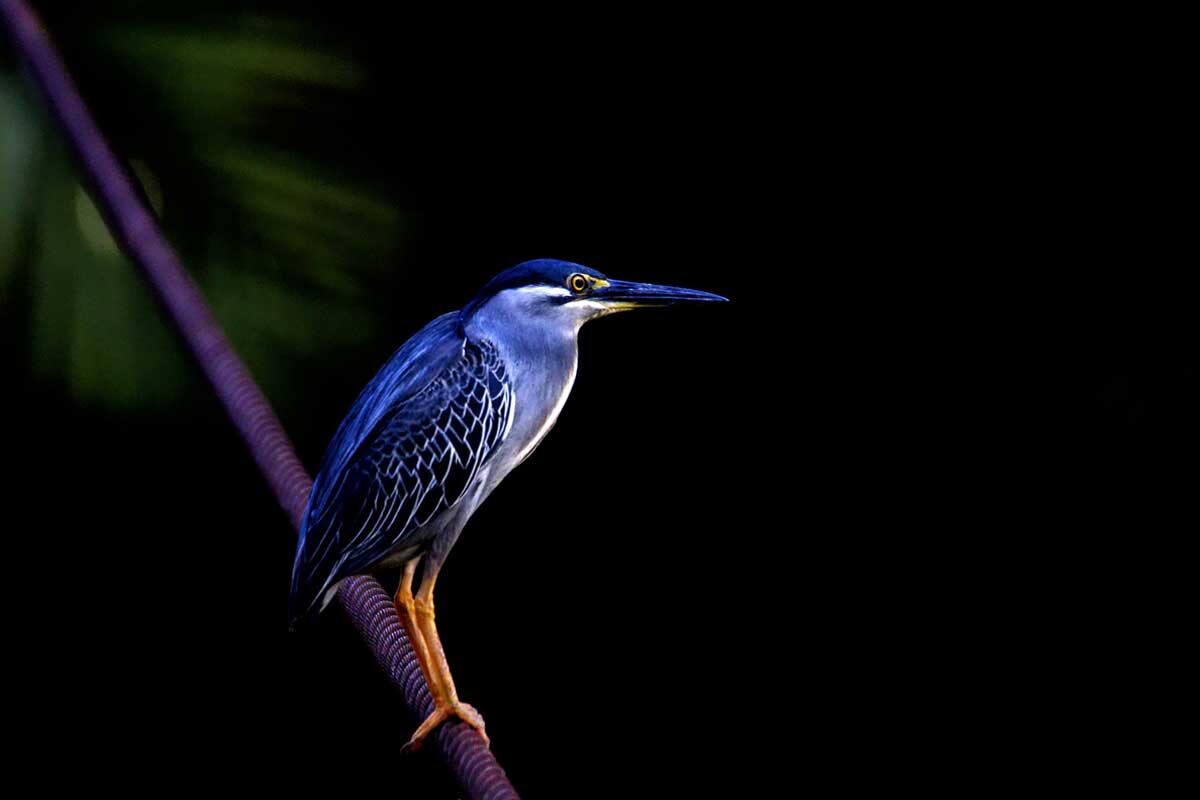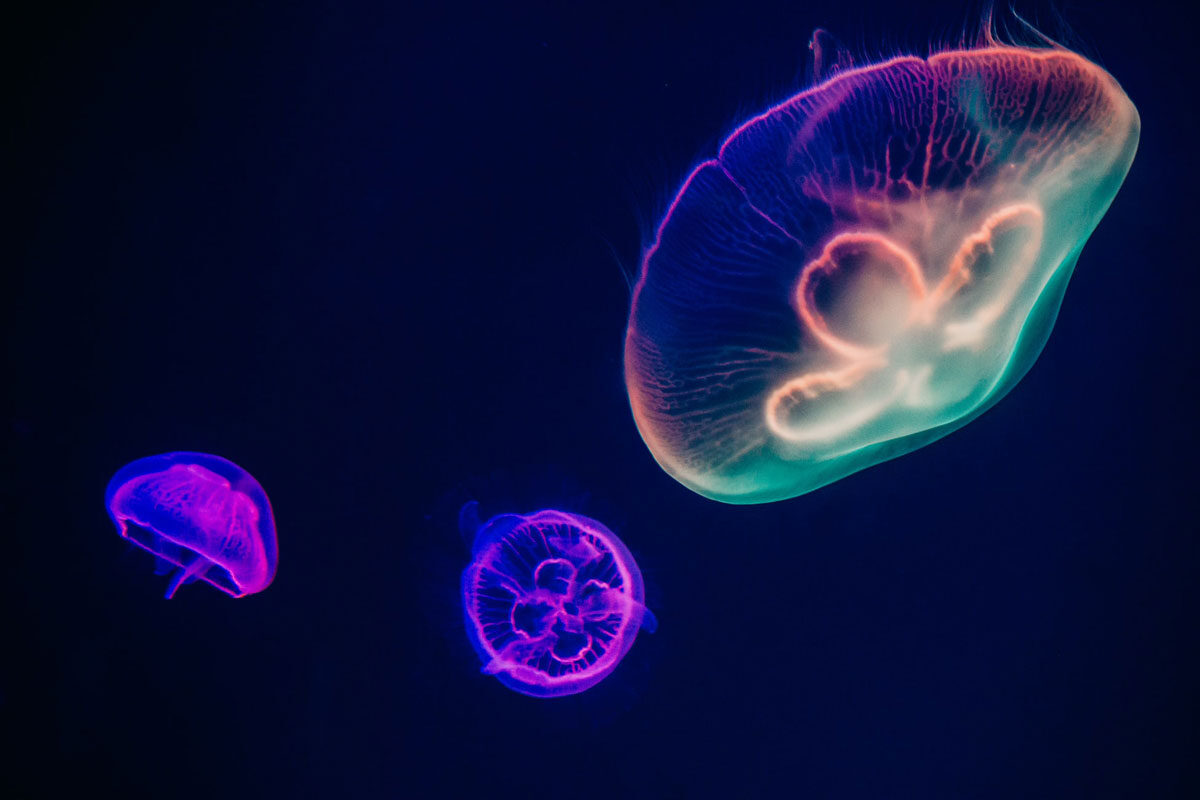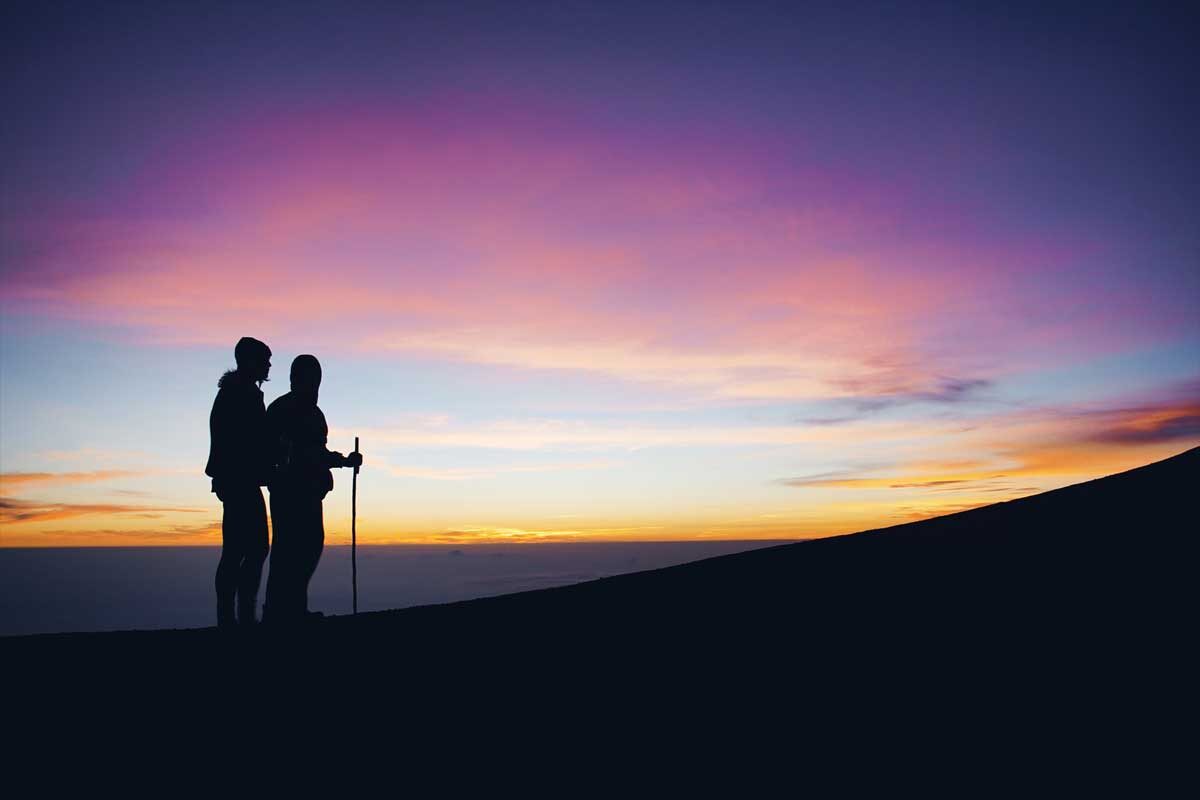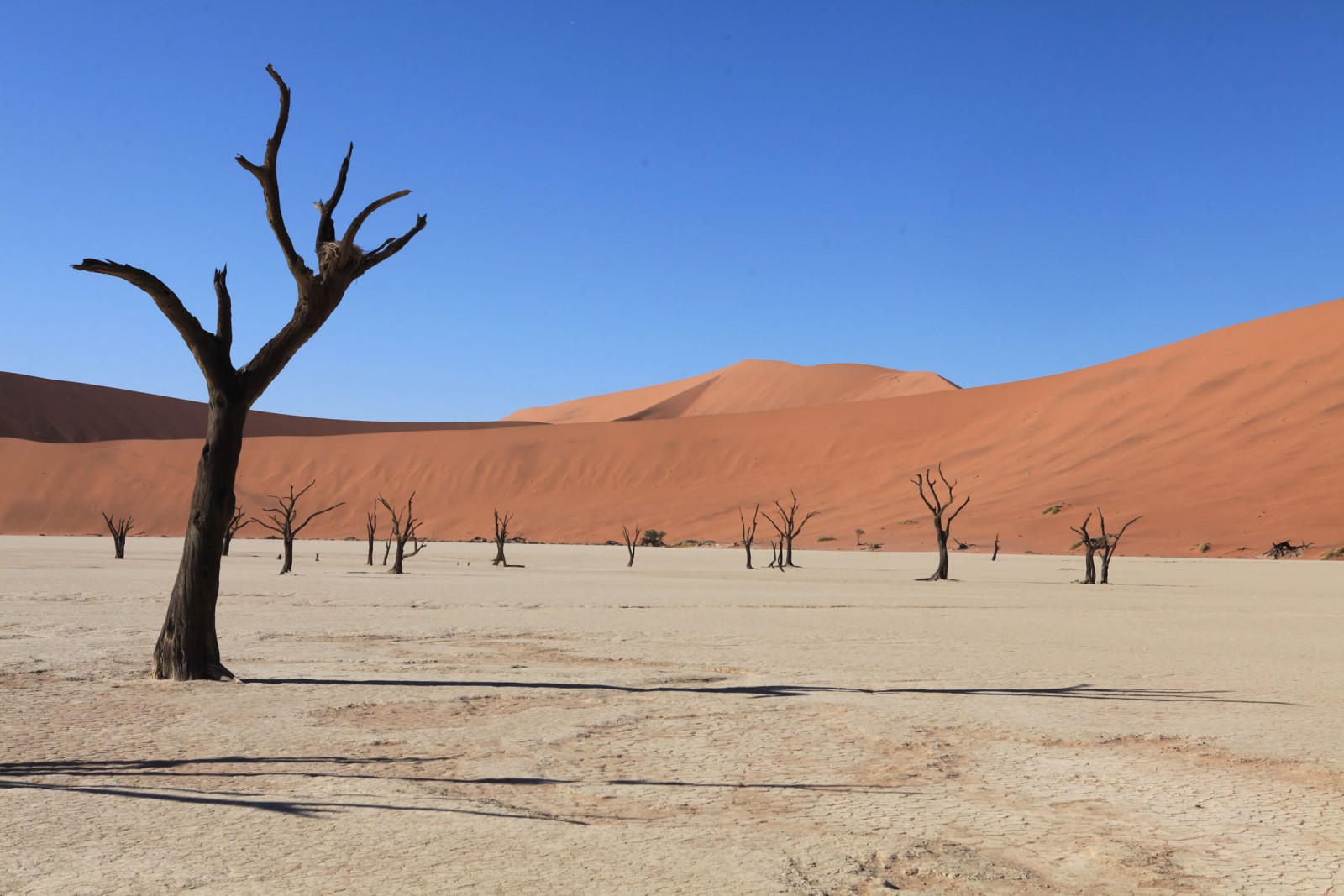Namibia is world-renowned for its breathtaking, unspoilt scenery, endless horizons, towering sand dunes, tales of survival and adventure along the wild Skeleton Coast, diverse and fascinating peoples and desert-adapted wildlife living against a wonderfully photogenic backdrop.
At almost four times the size of Great Britain, Namibia calls to mind the vast Namib and Kalahari deserts with their desert-adapted wildlife such as oryx, ostrich, elephant and rhinoceros. However, in the far north where the majority of the population lives, the wetlands and lush savannah around the Kavango, Kwando, Linyanti, Chobe and Zambezi river systems provide a significant contrast, with wetland species such as hippopotamus and Nile crocodile as well as large numbers of bird species.
The majority of rivers in Namibia are known as ephemeral; that is, they flow only after heavy rain in their catchment areas. The normally dry riverbeds and some localised springs support scarce vegetation, and these ‘linear oases’ attract wildlife from miles around. Water may also stand for short periods in shallow clay or limestone depressions, such as the enormous Etosha Pan. Such is the attraction of those relatively wet areas that multiple species of wildlife can be seen gathered there, especially in the dry season.
Namibia is home to over 250 mammals including desert-adapted endemic subspecies, and is particularly famous for its desert elephants which roam across miles of desert to reach water and vegetation. Both black and white rhino can be found, including the largest free-ranging population of black rhino in Africa, as poaching is nothing like as serious as in Kenya and other countries.
Hartmann’s mountain and plains (or Burchell’s) zebras thrive in Namibia, and its antelope species range from the tiny Damara dik dik, through springbok, impala and the majestic gemsbok (or oryx – Namibia’s national animal) to Africa’s largest, the eland. It is notably the only Southern African country to support two species of impala (common and black-faced).
Giraffe and blue wildebeest are common in Etosha National Park, providing prey for lion, leopard and cheetah. Wild dogs are critically endangered in Namibia and found only in the Caprivi Strip. The far north-east holds wetland and woodland species such as hippopotamus, Nile crocodile, buffalo and roan, sable, tsessebe, sitatunga and red lechwe antelopes.
Namibia is rich in bird life, with around 660 species (around 72% of all southern African species) with 16 endemic and near-endemics, mostly found in the arid highlands and in the Namib Desert, from the Naukluft mountains northwards to the Kunene River on the Angola border. The greatest variety of Namibia’s bird species are found in the wetlands and woodlands of the Caprivi Strip – particularly diverse in the wet season with the arrival of migrants.
The marine life of Namibia is also special, with the diminutive Benguela (or Heaviside’s) dolphin (endemic to southern Africa) inhabiting inshore waters along the Atlantic coast with the highest density off southern Namibia. Along with bottlenose dolphins and other cetaceans, they can be seen on cruises from Walvis Bay and Lüderitz. Various colonies of Cape fur seals inhabit the Skeleton Coast, with the largest in Southern Africa living at Cape Cross, north of Swakopmund, with over 270,000.
Additionally, Namibia’s geological history, diverse tribes such as the nomadic Himba and San ‘bushmen’, and 28 indigenous tongues including the Khoisan ‘click’ language, add fascinating extra dimensions to that special destination.
Namibia holidays can be designed in various ways, depending on your time, budget, sense of adventure and thirst for knowledge. Distances by road tend to be large and, this being one of the most sparsely populated countries in the world, you often find yourself in the middle of nowhere, surrounded by unspoilt wilderness and endless horizons, with no other vehicle or person in sight for hours. It makes for a fantastic adventure holiday in a self-drive vehicle, but your understanding of your surroundings (and your level of relaxation) will be greatly enhanced by a qualified private driver-guide.
Roads (sealed, gravel and salt) are well-maintained and directions on the more usual routes are quite straightforward – there may be only one junction for several hundred kilometres. The self-drive challenge primarily comes in the form of keeping one’s concentration on seemingly endless straight roads, whilst resisting the temptation to speed. That is another advantage of a guided trip: your guide will be used to such driving conditions and will concentrate on the road, allowing you fully to enjoy your spectacular surroundings.
PLEASE NOTE: Our Namibia guided safaris tend to include all meals, selected drinks whilst on your private vehicle, park fees and permits, fuel etc – as well as a highly qualified and informative guide who will add immeasurable value to your experience.
